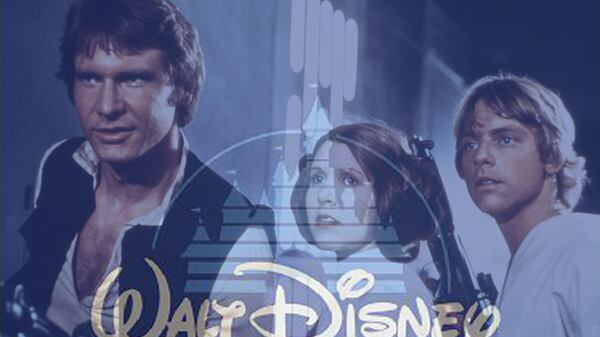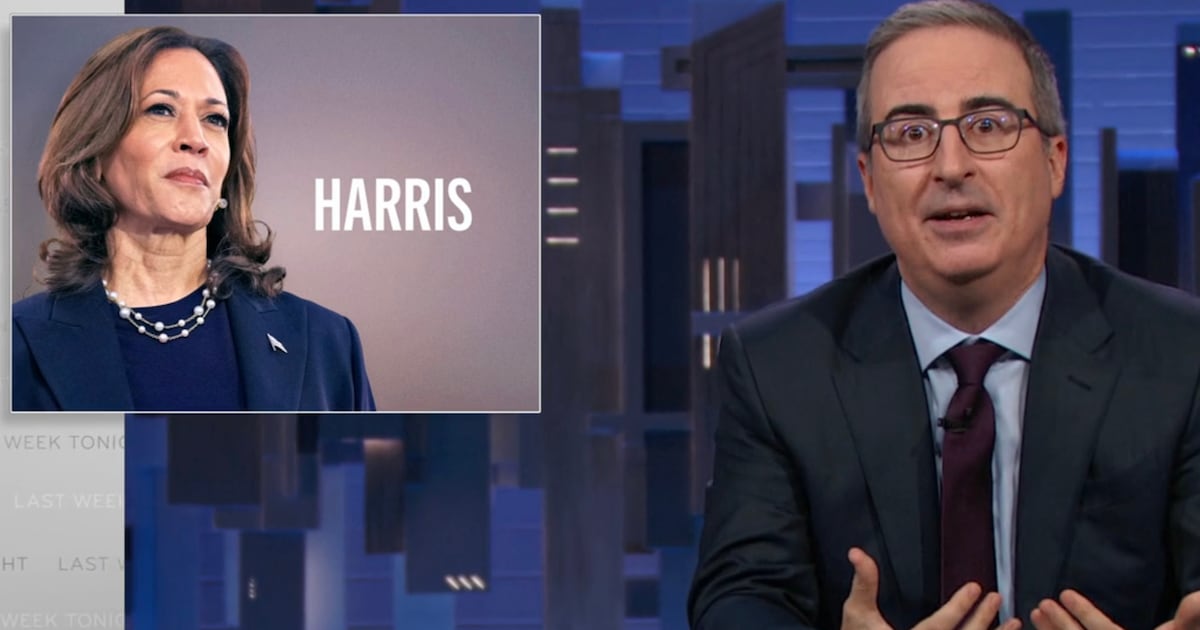Late Tuesday afternoon, the Walt Disney Company announced it had agreed to acquire Lucasfilm Ltd., a company entirely owned by George Lucas, in a stock and cash deal valued at $4.05 billion. Lucasfilm is best known for producing the Star Wars films—as well as a plethora of Star Wars spin-offs—and is also recognized as an industry leader in visual effects through its company Industrial Light & Magic, as well as postproduction and sound design via Skywalker Sound.

“This transaction combines a world-class portfolio of content including Star Wars … with Disney’s unique and unparalleled creativity across multiple platforms, businesses, and markets to generate sustained growth and drive significant long-term value,” said Robert A. Iger, chairman and CEO of The Walt Disney Co., in a press release.
“It’s now time for me to pass Star Wars on to a new generation of filmmakers,” added Lucas. “Disney’s reach and experience give Lucasfilm the opportunity to blaze new trails in film, television, interactive media, theme parks, live entertainment, and consumer products.”
ADVERTISEMENT
A few hours after the announcement, Disney held a conference call for investors where they divulged it was Lucas’ “intent to retire” and that “there’s a detailed plan for the next three Star Wars films” which is the immediate “focus” of the mega-deal. According to the earlier announcement, the first movie, Star Wars Episode 7, is “targeted for release in 2015.” The Star Wars films have grossed $4.4 billion in global box office to date, according to the press release.
Now that Disney, which acquired Marvel Entertainment in 2009 for almost the same price tag as Lucasfilm—$4 billion—controls arguably the two most lucrative blockbuster film franchises, The Avengers and Star Wars, fan boys (and girls) took to Twitter to air their grievances and the #DisneyStarWars immediately began trending on the social network, with folks offering their own outrageous synergistic scenarios.
“Mr. Solo, my name is Nick Fury. I’d like to talk to you about something called The Avengers Initiative,” tweeted The New York Times’s Dave Itzkoff.
Meanwhile, Forbes posted a story offering “three options for a new Star Wars trilogy,” the last of which included Joss Whedon, who helmed the $1.5 billion-grossing blockbuster The Avengers—and has some outer-space credentials, with his Firefly TV series—directing a Star Wars franchise reboot of sorts.
But does the world really need more Star Wars?
The franchise’s licensing division has, it seems, already milked the Star Wars brand’s proverbial teat for every last penny. For $14.99, you can purchase a Star Wars fishing kit from Toys“R”Us! Not satisfied? Well head over to Williams-Sonoma and scoop up this R2D2 spatula. Cooking not your thing? Well, for around $50 you can purchase Kinect Star Wars, a video game that allows you to engage in “Galactic Dance-Offs” featuring various members of the Star Wars universe. Or perhaps you’re better off waiting a few months for Angry Birds: Star Wars, which combines the addictive Zynga mobile app with Lucas’s celebrated creations, and hits shelves Nov. 8.
Licensing issues—and the possibility of numerous Star Wars theme park monstrosities—aside, however, the thing that really seems to rub fans of Lucas’s original Star Wars trilogy the wrong way is the prospect of three more films in the franchise.
As a diehard fan of the original trilogy—I still have the original movie poster for the franchise’s first film, 1977’s Star Wars Episode VI: A New Hope, hanging in my childhood bedroom—it was disappointing when the films were originally rebooted with 1999’s Star Wars Episode I: The Phantom Menace, featuring an overwhelming array of terrible CGI, one of the worst performances by a child actor (Jake Lloyd as a young Anakin Skywalker), and arguably the most vexing animated character in movie history, the Caribbean-accented Jar Jar Binks.
While the first two Star Wars films, A New Hope and The Empire Strikes Back, remain two of the greatest films in the sci-fi canon, by the time the rebooted trilogy ended its embarrassing run with 2005’s Star Wars Episode III: Revenge of the Sith, the reputation of both the brand and the original trilogy had been tarnished.
Now that Disney has acquired all things Star Wars, fans of the franchise are envisioning a not-so-improbable disaster scenario for 2015:
Star Wars Episode 7, directed by Joss Whedon (or J.J. Abrams) is set for release that summer. A 3D “reimagining” of the original Star Wars film, its cast features Josh Hutcherson as Luke Skywalker, Robert Downey Jr. as Obi Wan Kenobi, Joseph Gordon-Levitt as Han Solo, and Chris Hemsworth as Chewbacca. There will be grating cross-promotional ads for the film running for three months prior to its release on ESPN’s SportsCenter (80 percent Disney-owned). Star Wars references will be not so subtly inserted in various ABC Television shows, including a special Halloween-themed episode of Modern Family featuring Cam dressed as Jabba the Hut and his adopted daughter, Lily, as slave Princess Leia. The Disney Channel, meanwhile, will bombard children of all ages with ads for a cornucopia of Star Wars products, from iPad Mini apps to actual robot R2D2s.
OK, that may be a tad exaggerated, but it won’t be pretty. There is however, a silver lining in all of this (kind of): Disney might lay off rebooting the Indiana Jones franchise, which it all but decimated with 2008’s Indiana Jones and the Kingdom of the Crystal Skull.
“We didn’t ascribe any value to Indiana Jones as part of the valuation of this deal,” said Disney on the aforementioned conference call. “We like it, but because of the Paramount connection we haven’t included it in our valuations of Lucasfilm.”
On the other hand … maybe not.





